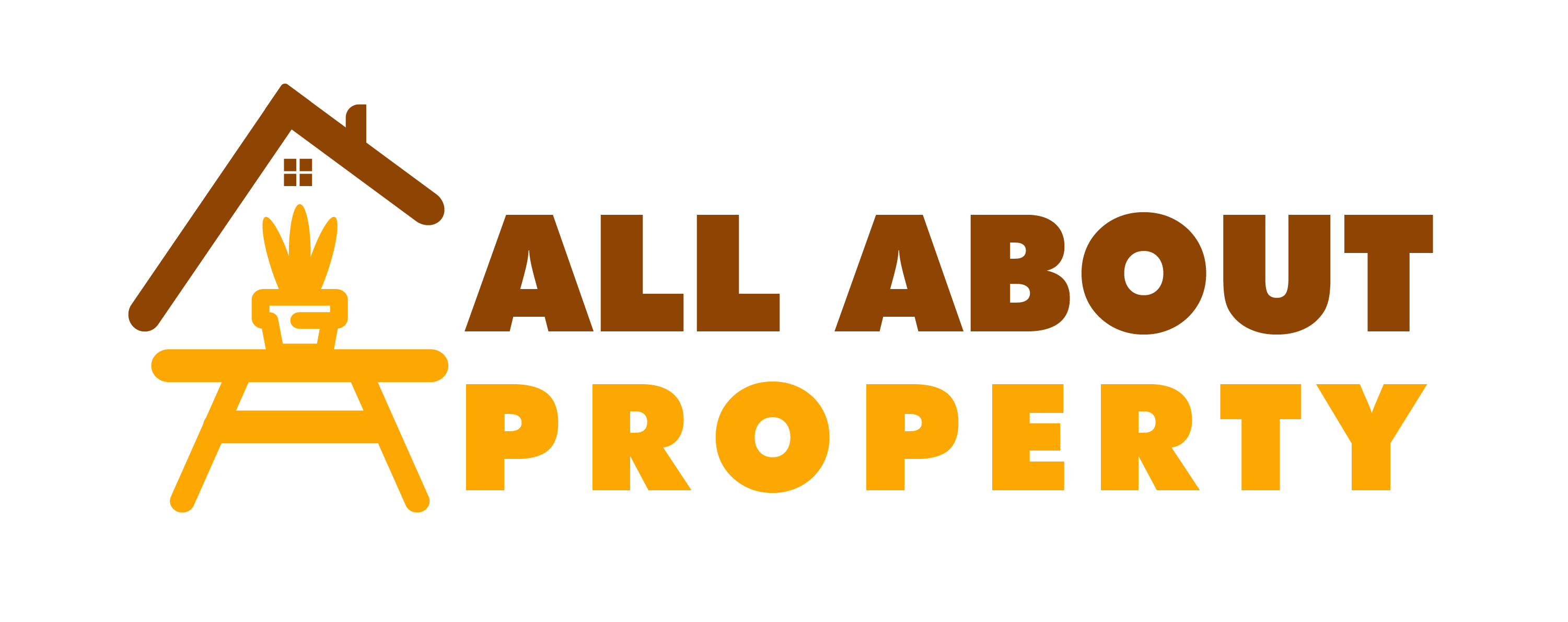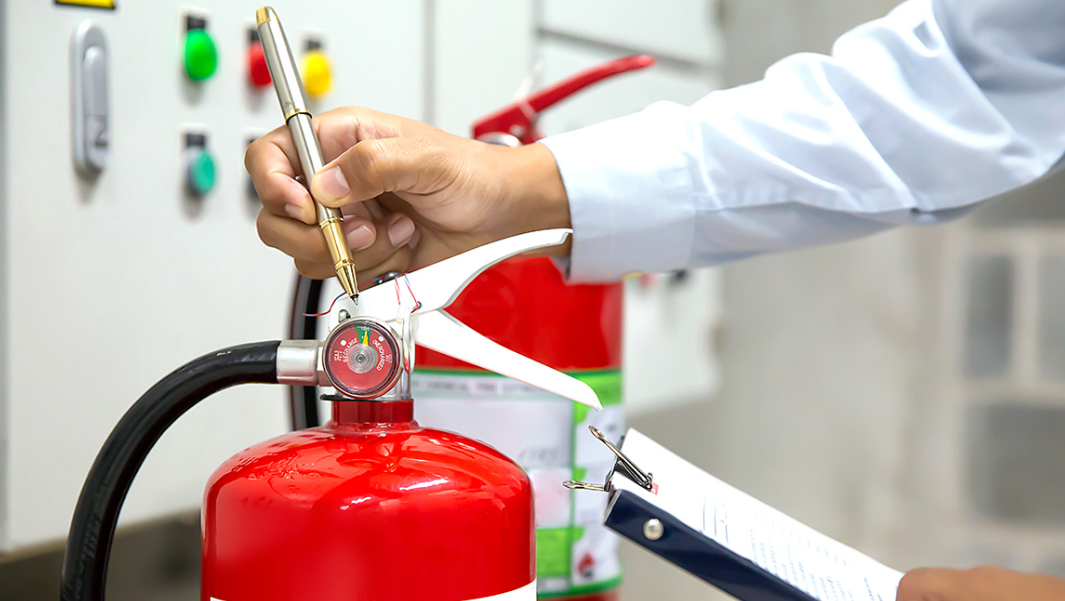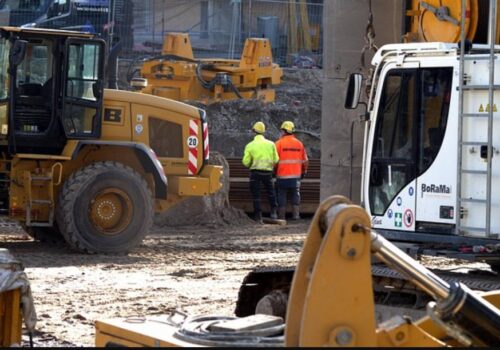Understanding the NFPA 10 Requirements for Fire Extinguisher Servicing in Auckland
Fire safety is an essential aspect of every establishment, be it residential or commercial. The National Fire Protection Association (NFPA) has set specific standards and guidelines to ensure fire safety. One such standard is NFPA 10, which details the requirements for fire extinguisher maintenance and inspection. This blog aims to provide a comprehensive understanding of NFPA 10’s requirements for fire extinguisher servicing in Auckland.
What is NFPA 10?
NFPA 10 is a standard maintained by the NFPA that outlines the criteria for portable fire extinguisher inspection, testing, and maintenance. It provides guidelines to ensure that extinguishers are in optimal condition and can effectively suppress fires when needed.
Inspection:
NFPA 10 requires that extinguishers be inspected at least once a month. These inspections should check for physical damage, pressure gauge readings, seals, tampering indicators, and any other potential issues. This visual inspection can be performed by anyone familiar with extinguishers, but a more detailed examination should be conducted annually by a professional.
Maintenance:
Beyond regular inspections, NFPA 10 requires professional maintenance of extinguishers at least once a year. This maintenance includes leak tests, hydrostatic tests, and internal examinations. The servicing must be performed by trained individuals who have the appropriate tools, equipment, and know-how to perform these tasks correctly.
Recharging:
Recharging an extinguisher involves replacing the extinguishing agent, whether it has been partially or wholly discharged. NFPA 10 outlines when and how extinguishers should be recharged. After a recharge, the extinguisher must be thoroughly checked to ensure it operates correctly.
Fire Protection: A Comprehensive Approach
While extinguishers are an essential tool in combating fires, they are just one component of a comprehensive strategy of fire protection in Auckland. Other elements, such as fire alarms, sprinkler systems, and emergency evacuation plans, play a critical role in ensuring safety during a fire.
Training and Documentation
NFPA 10 also emphasizes the importance of training individuals who are expected to use extinguishers. They should understand the basic principles of fire, know how to assess whether the fire is small enough to be put out with an extinguisher, and be familiar with the operation of the extinguisher.
Records of all inspections, maintenance, and recharging must be kept for a defined period. This documentation helps track the service history of each extinguisher and ensures compliance with NFPA 10.
Conclusion
Understanding and adhering to NFPA 10 requirements for fire extinguisher servicing in Auckland are critical in maintaining a safe environment. Regular inspections, professional maintenance, proper recharging, and adequate training can ensure that your extinguishers are always ready to perform when needed.






